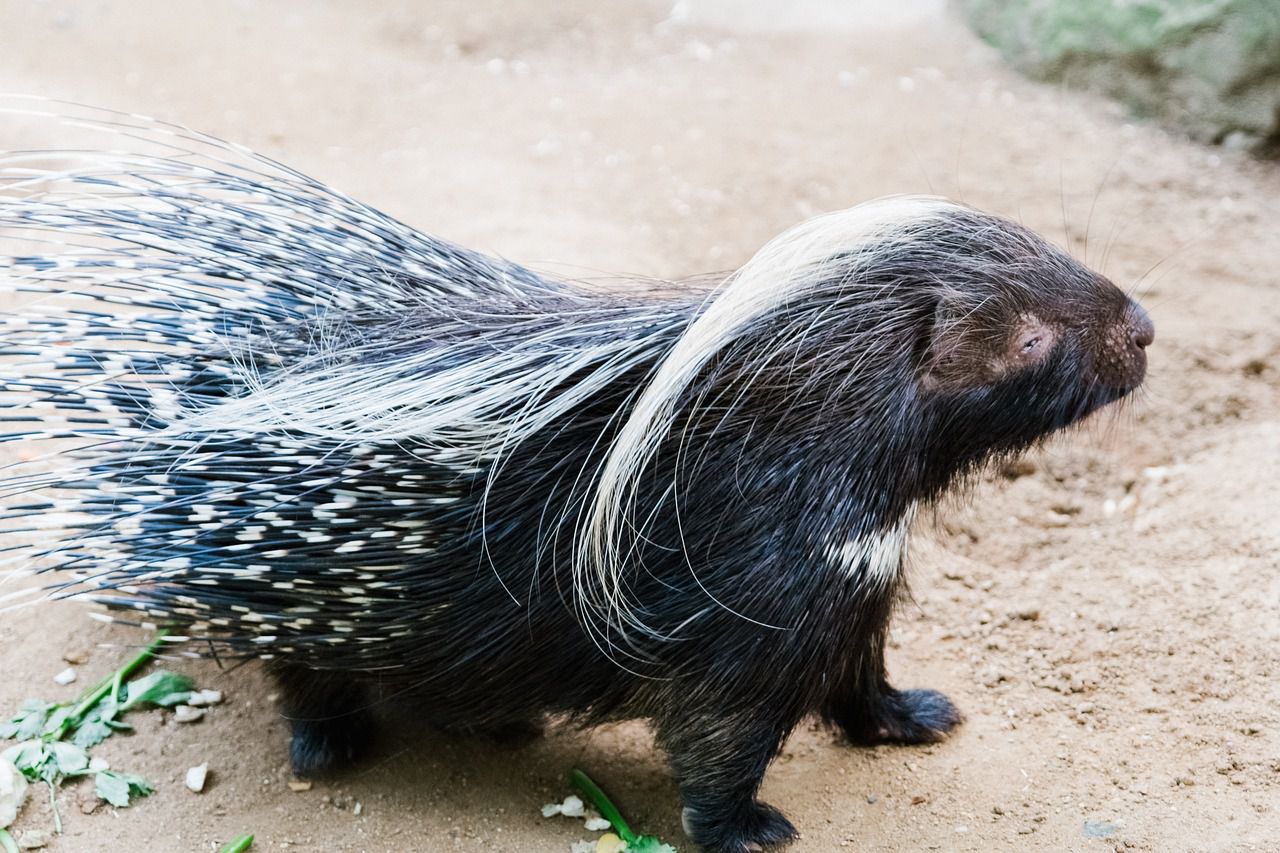Porcupines have developed a unique and effective defense mechanism to protect themselves from enemies and potential predators.
Their primary defense lies in their quills, which are sharp, barbed spines covering their bodies.
Let's find out more!
How they work
When threatened, a porcupine will adopt a defensive posture by turning its back to the threat, raising its quills, and bristling its fur to make itself look larger and more intimidating.
If the threat persists, the porcupine will take a more active defensive stance.

When touched or attacked, the porcupine's quills detach easily and lodge into the predator's skin, causing pain and discomfort.
The quills are not poisonous, but they are barbed, which makes removal challenging and often painful for the attacker.
This defense mechanism serves as a deterrent, as predators learn to avoid attacking porcupines to prevent injury.
They can also use odors
Apart from their quills, porcupines also have other protective adaptations.
Some species can emit a pungent odor or release a spray of urine when threatened, further discouraging predators from getting too close.
They are also nocturnal
Additionally, porcupines are nocturnal animals, which means they are more active during the night when many predators are less active or not present.
Their solitary and slow-moving nature also reduces their risk of encountering enemies.









